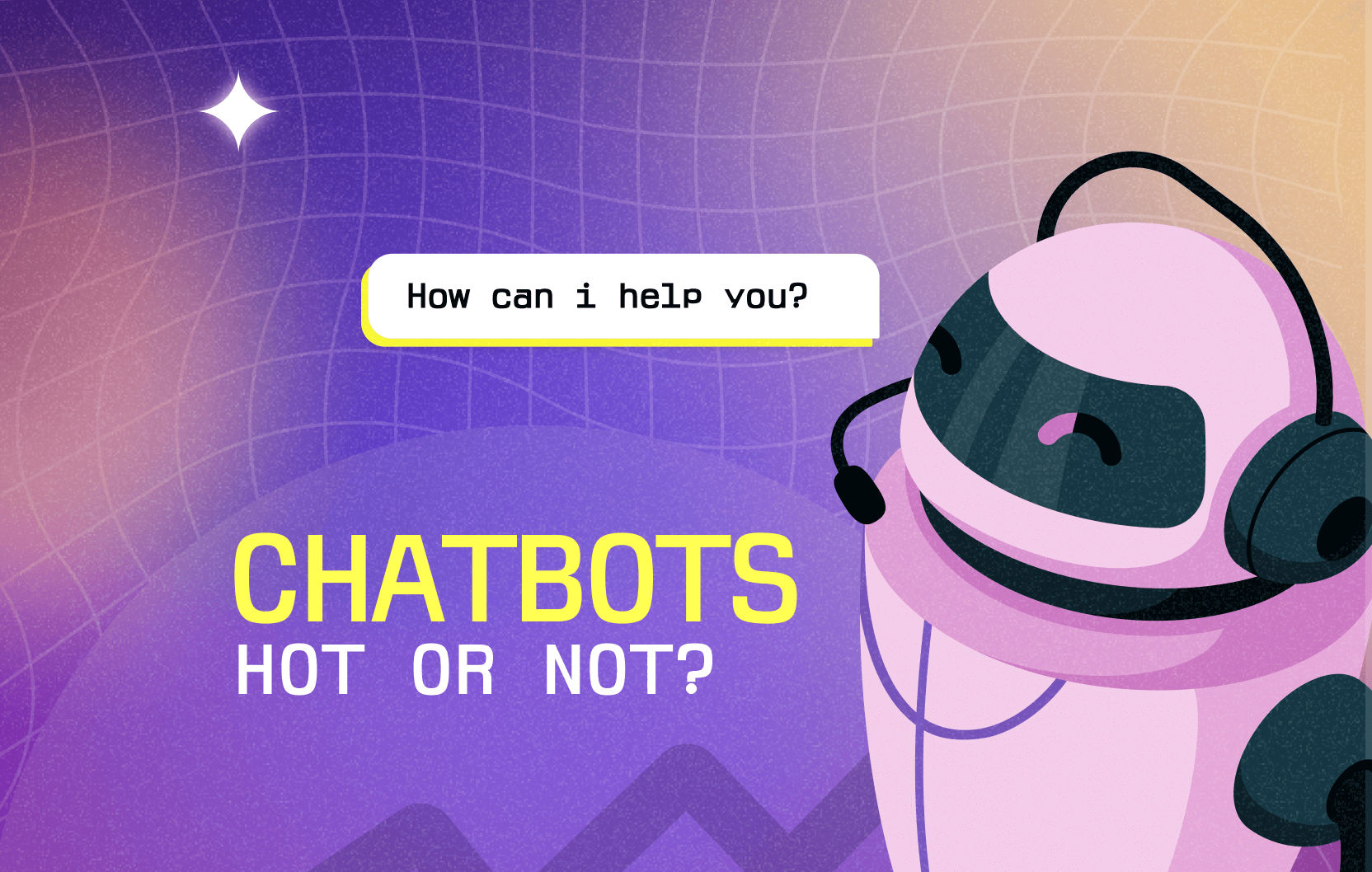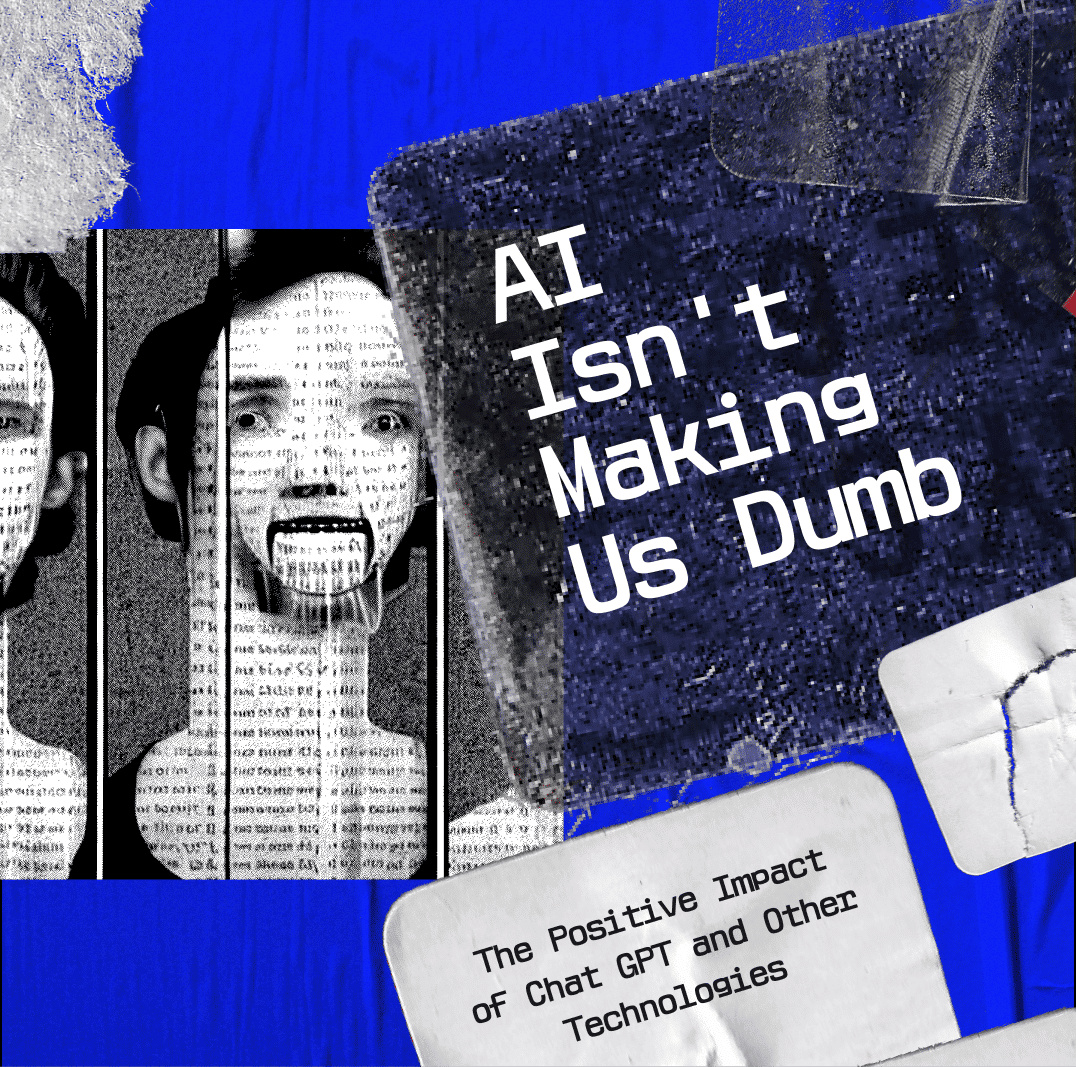Personally, I have a love-hate relationship with chatbots. On the one hand, they can be incredibly helpful for simple tasks like checking the weather or ordering a pizza. On the other hand, there's nothing quite as frustrating as being stuck in an endless loop of "I'm sorry, I didn't understand your request" when all you want is to speak to a real human being.
So, what's your take on chatbots? Are they a hot new technology that's here to stay, or are they just a passing trend? Let's dive in and explore the world of chatbots together!
Chatbots and Customer Service: Can they Replace Human Interaction?
Chatbots have been touted as the future of customer service, but can they really replace human interaction? Let's dive into the pros and cons of using chatbots for customer support and see what the experts have to say
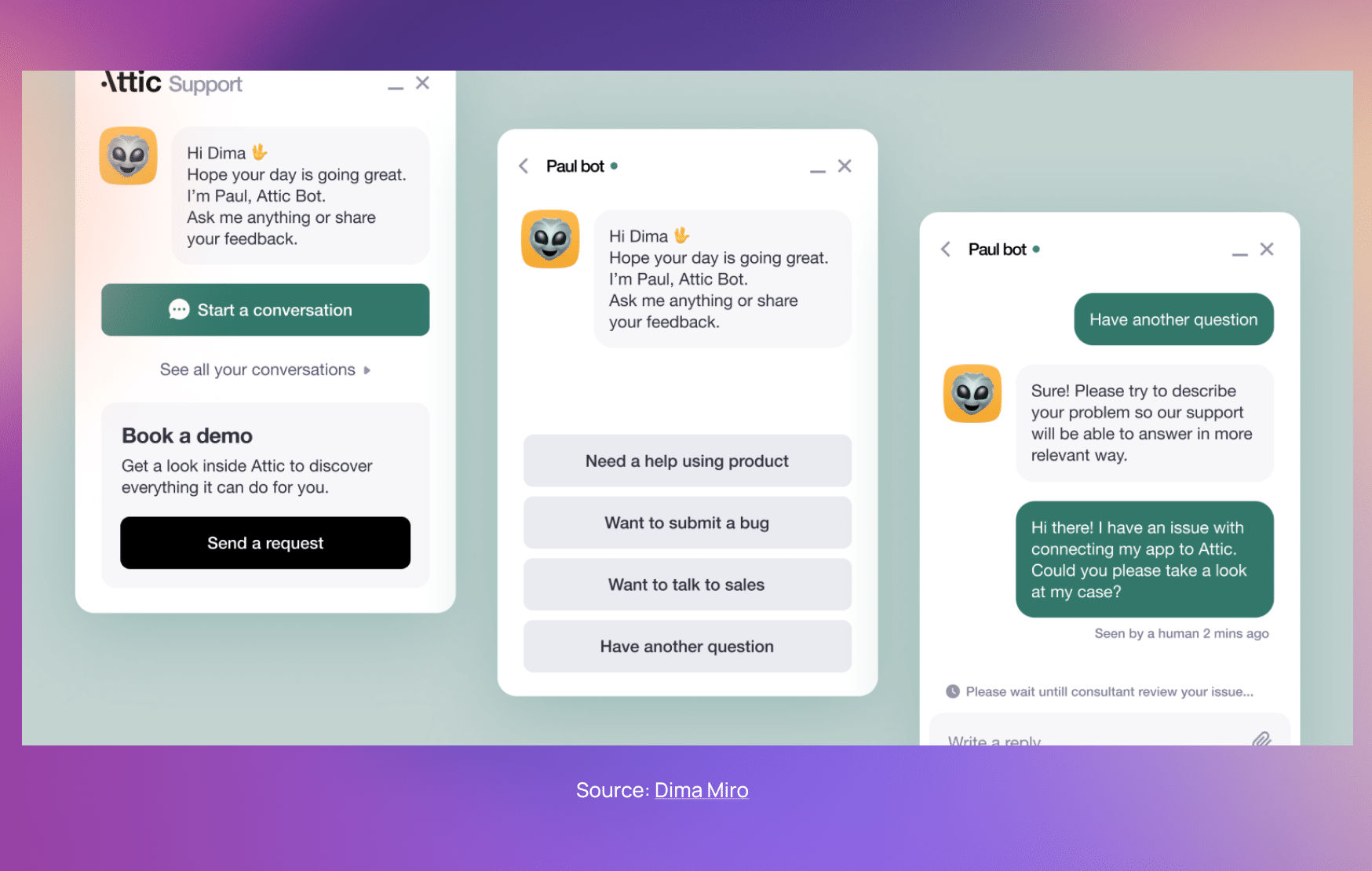
First off, let's talk about the benefits of using chatbots for customer service. According to research by Accenture, chatbots can help companies save up to 30% on customer support costs, while also improving response times and customer satisfaction. Plus, with the ability to handle multiple conversations simultaneously, chatbots can provide 24/7 support without the need for additional staff.
However, there are also some potential drawbacks to relying solely on chatbots for customer service. For one, chatbots may not always be able to handle complex or nuanced customer issues, leading to frustration and dissatisfaction. As research by Juniper suggests, "the majority of customers still prefer human interaction for more complex queries or emotional support." Additionally, chatbots may not be able to provide the same level of personalization and empathy that human customer service representatives can offer.
So, where does this leave us? According to Kevin Gabbard, Vice President of Customer Experience at Noble Systems, "Chatbots should be used to augment human interaction, not replace it." By using chatbots for simple tasks and routine inquiries, companies can free up their human support staff to handle more complex issues and provide the kind of personalized service that customers crave.
At the end of the day, it's all about finding the right balance between human and automated support. As Gabbard puts it, "the key is to create a seamless experience that blends the best of both worlds." By leveraging the strengths of both chatbots and human interaction, companies can provide fast, efficient, and empathetic customer support that keeps customers coming back for more.
From Scripted Responses to Personalized Conversations: How AI is Making Chatbots Smarter
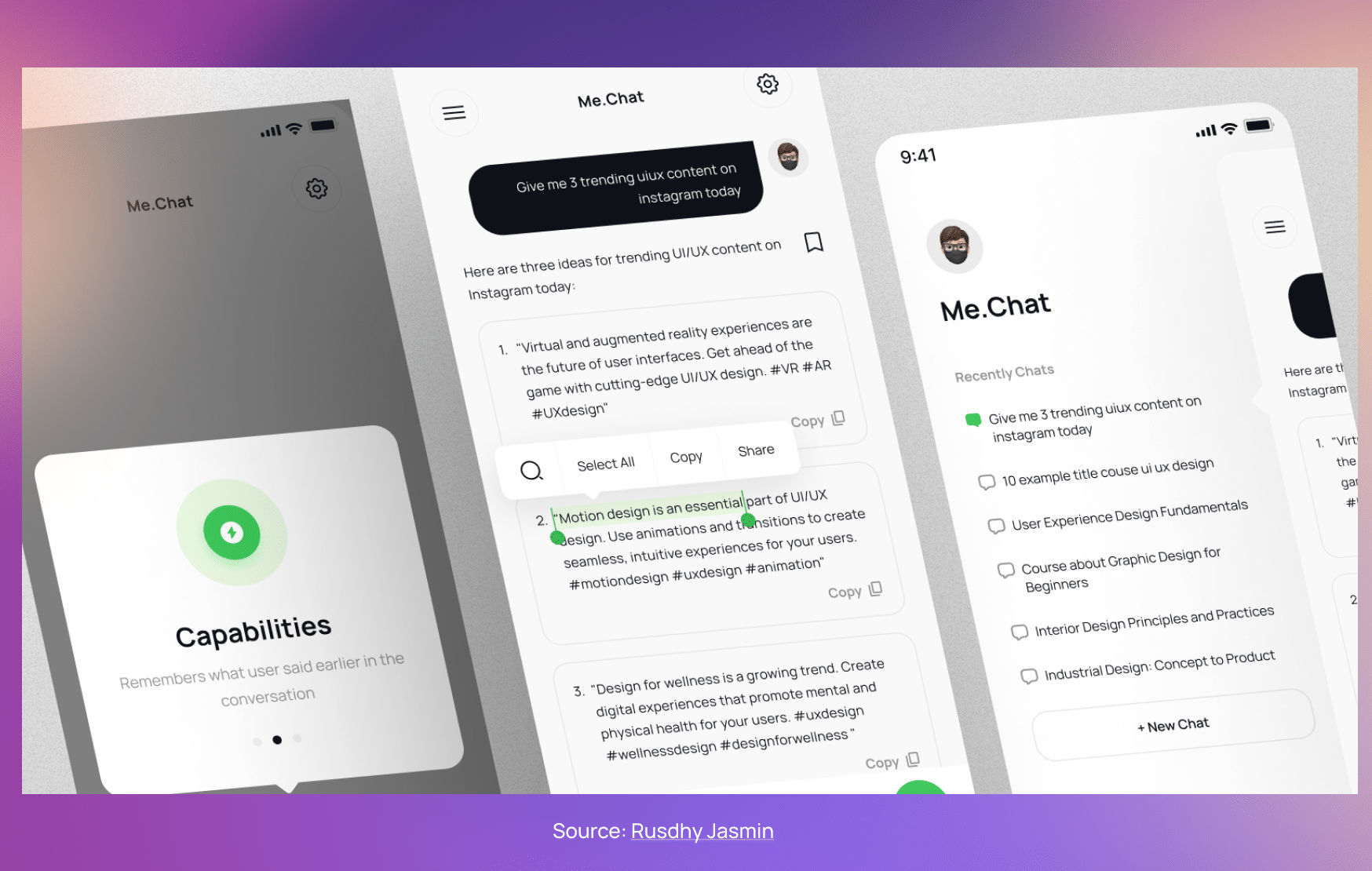
Chatbots have come a long way since their early days of being able to answer only basic questions. Today, they're becoming increasingly sophisticated, able to handle complex conversations and provide personalized recommendations. Let's take a look at how chatbots are evolving and what the research has to say.
First off, let's talk about how chatbots are becoming more conversational. According to a recent study by Gartner, by 2022, 70% of customer interactions will involve some form of AI, such as chatbots. As chatbots become more advanced, they're able to handle more complex conversations, understand context, and provide personalized responses.
One way that chatbots are evolving is through the use of natural language processing (NLP) and machine learning. By analyzing data from previous interactions and understanding language nuances, chatbots can provide more accurate and personalized responses. As research from Accenture notes,

Chatbots can now understand and respond to more natural language inputs, enabling them to handle more complex queries and conversations
- Accenture Notes
Another way that chatbots are evolving is through the use of personalized recommendations. By analyzing customer data and preferences, chatbots can provide targeted recommendations for products or services.

Chatbots are becoming increasingly valuable for personalized engagement, enabling companies to provide relevant, timely, and personalized recommendations to customers.
- Juniper Notes
But with these advancements come some potential pitfalls. One concern is the potential for chatbots to perpetuate bias, as they rely on historical data to make recommendations. As research from the Harvard Business Review notes, "without careful oversight, chatbots can easily perpetuate the biases and stereotypes of their human creators." Additionally, chatbots may not always be able to handle complex emotional situations, leading to frustration and dissatisfaction for customers.
The Intersection of Chatbots and AI: How Machine Learning is Revolutionizing Customer Service Chatbots and AI are two technologies that are increasingly intersecting to revolutionize customer service. Machine learning, in particular, is playing a crucial role in improving the effectiveness and efficiency of chatbots in customer service. Let's take a closer look at how machine learning is changing the game for chatbots.
Machine learning is a form of AI that allows machines to learn from data and improve their performance without being explicitly programmed. In the context of chatbots, machine learning enables them to become more intelligent and provide better customer service. By analyzing data from previous customer interactions, chatbots can identify patterns and learn to provide more accurate and helpful responses to customers.
One way that machine learning is revolutionizing customer service is by enabling chatbots to handle a wider range of customer queries. According to research by Gartner, chatbots that use machine learning can handle up to 80% of customer queries without the need for human intervention. This means that businesses can provide faster, more efficient customer service while reducing their costs.
Another way that machine learning is changing the game for chatbots is by enabling them to provide personalized recommendations and responses to customers. By analyzing data on customer preferences, behavior, and history, chatbots can provide tailored recommendations and responses that are more likely to meet the needs and expectations of each individual customer.
In fact, a study by Capgemini found that customers who interacted with chatbots that used machine learning reported a 10% increase in satisfaction levels compared to those who interacted with traditional chatbots. This demonstrates the significant impact that machine learning can have on the effectiveness of chatbots in customer service.
However, it's important to note that machine learning is not a panacea for all customer service challenges. One potential drawback is the risk of bias in chatbot recommendations and responses. Chatbots that rely solely on historical data may perpetuate existing biases and stereotypes, so it's important for businesses to carefully design their chatbots and monitor their performance to ensure fairness and accuracy.
Technical Success and Failures: The Role of AI in Industry-Specific Chatbots
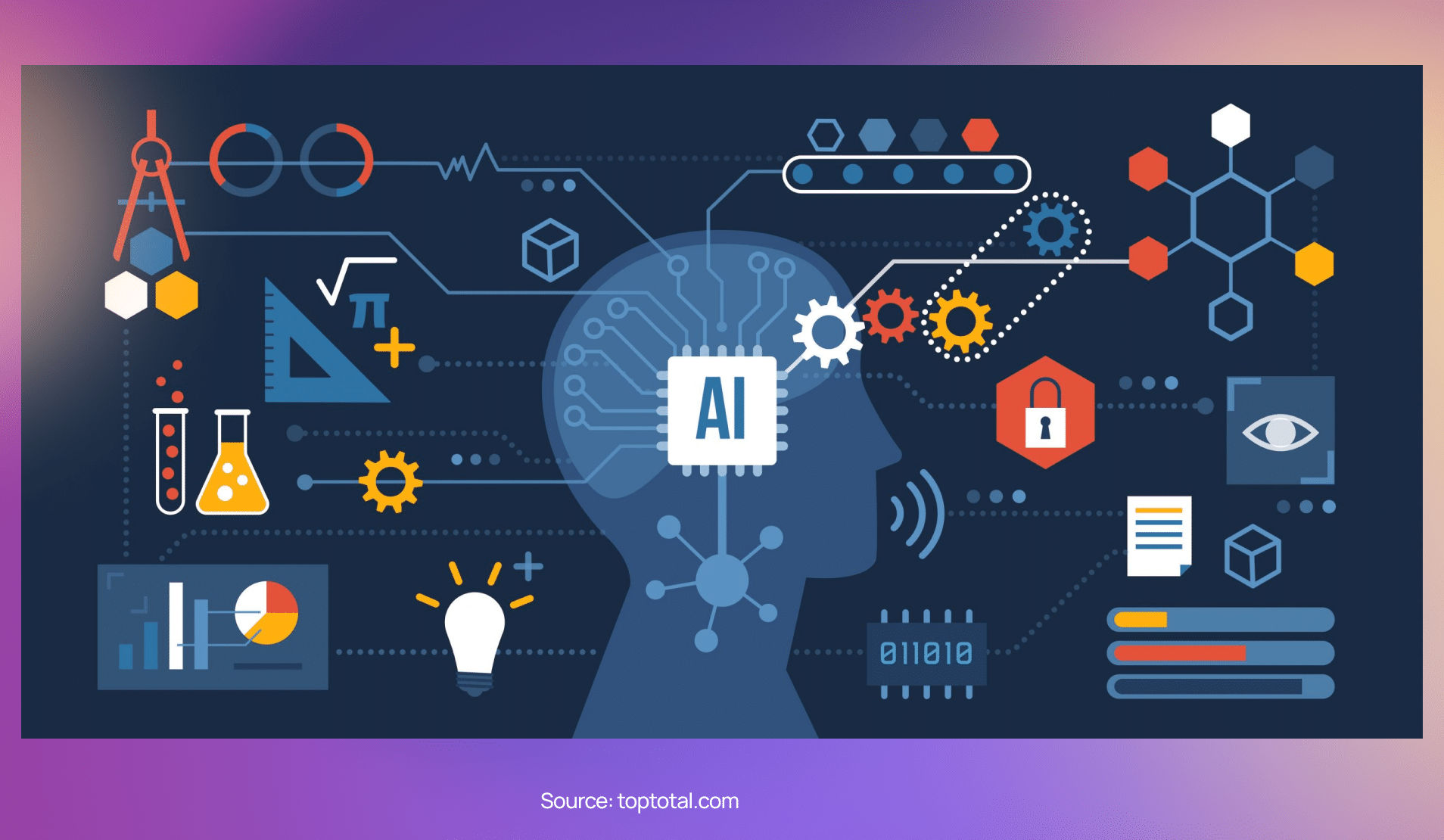

01
Retail
Successful chatbot:
H&M's chatbot uses natural language processing (NLP) to analyze the customer's responses and provide personalized recommendations. NLP is a branch of AI that helps computers understand human language and communicate in a more human-like way.
Unsuccessful chatbot:
Macy's On Call chatbot had difficulty with NLP, leading to misunderstandings and irrelevant responses. In addition, the chatbot had a limited understanding of customer inquiries and was unable to answer more complex questions.

02
Food Ordering
Successful chatbot:
Domino's Pizza chatbot leverages machine learning (ML) algorithms to improve its accuracy and relevance over time. ML is a subset of AI that enables machines to learn from experience and improve their performance without being explicitly programmed.
Unsuccessful chatbot:
Burger King's chatbot struggled with ML, leading to incorrect responses and a lack of personalized service. The chatbot had a limited ability to learn from customer interactions and was unable to adapt to individual preferences.

03
Retail
Successful chatbot:
KLM Royal Dutch Airlines chatbot uses a combination of NLP and ML to provide fast and efficient service. The chatbot is able to understand complex customer inquiries and learn from previous interactions to improve its responses.
Unsuccessful chatbot:
Expedia's chatbot was limited by its lack of NLP and ML capabilities, resulting in a poor user experience. The chatbot was unable to understand customer inquiries or provide relevant recommendations.
That’s HOT !
In conclusion, chatbots have come a long way from their scripted responses to personalized conversations. Thanks to advancements in AI, chatbots are now capable of understanding and analyzing natural language, adapting to individual preferences, and improving their performance over time. From the retail industry to the food ordering and travel industries, chatbots have shown their potential to enhance customer service and drive business growth. However, the success of a chatbot depends on a range of factors, both technical and non-technical. Companies must invest in the development of robust NLP and ML capabilities while also ensuring that the chatbot has a user-friendly interface and a strong understanding of customer inquiries.
So, are chatbots hot or not? We'd say they're definitely hot! As Paris Hilton famously said, "That's hot!" Chatbots have become an essential tool for businesses looking to improve customer service and streamline operations, and we can only expect their use to increase in the years to come.

 All Work
All Work